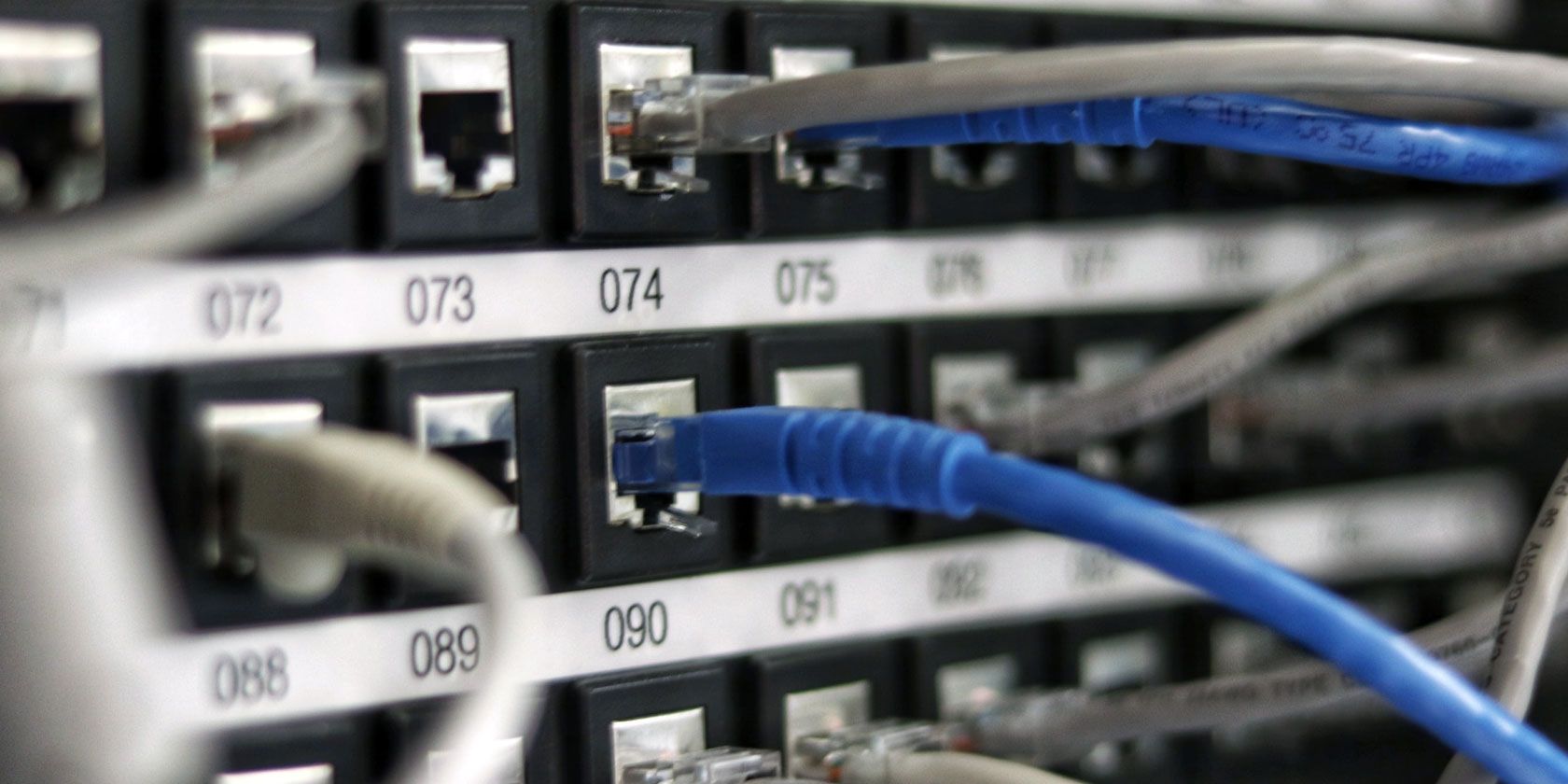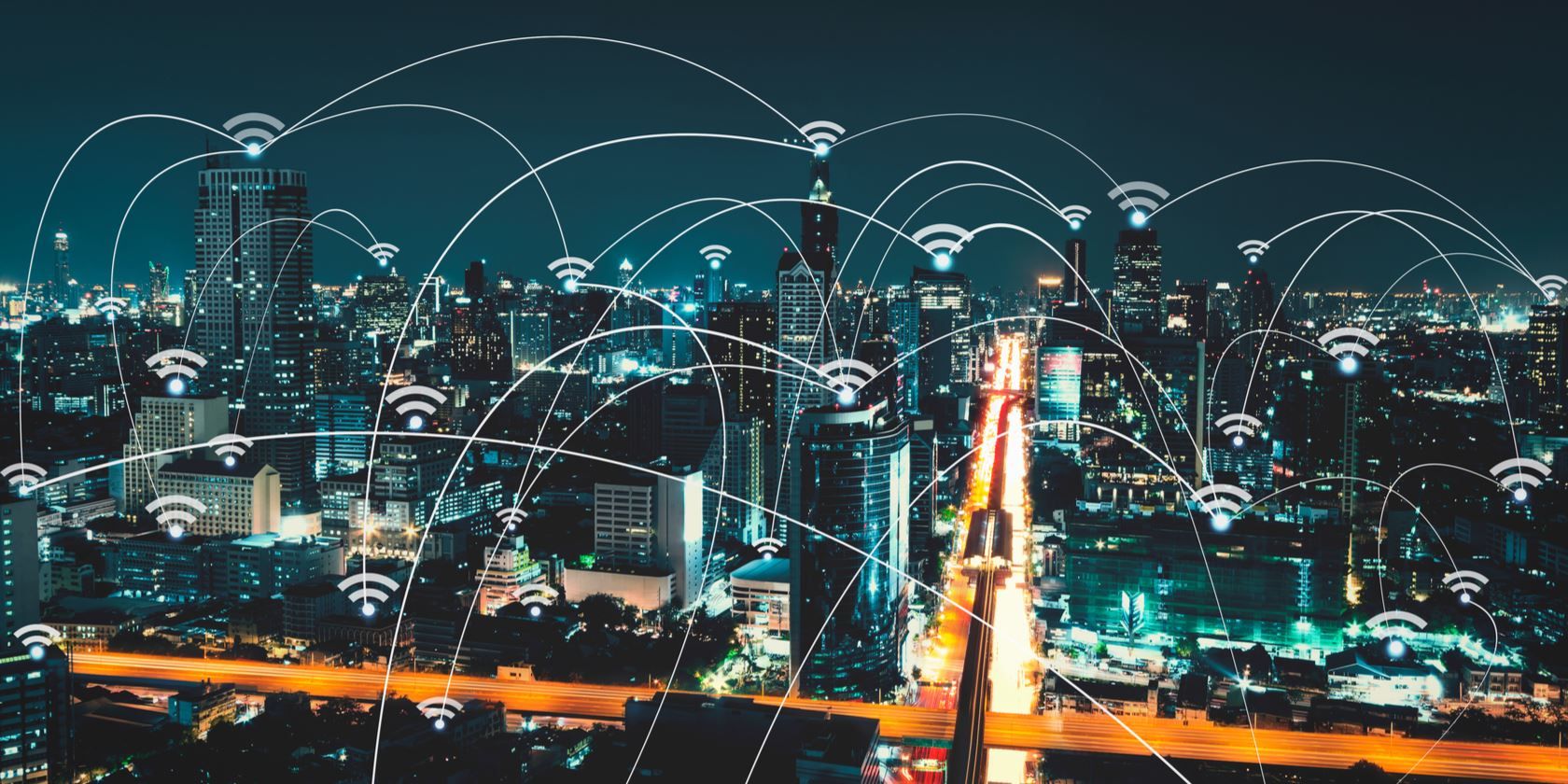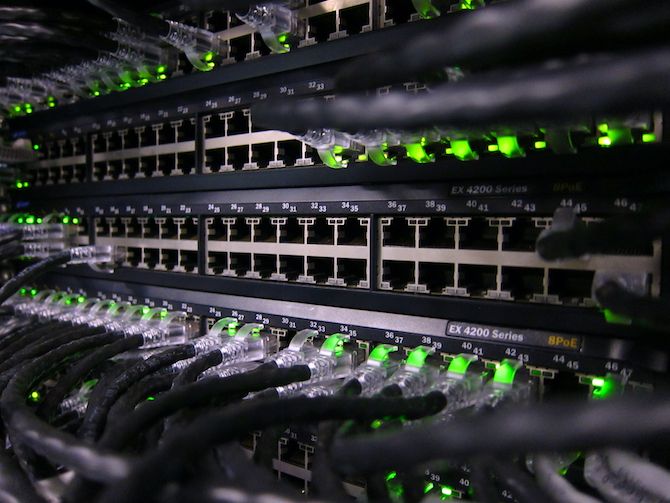When people talk about breaking the internet, they are probably referring to a viral social media post or news story. However, it does make you wonder if it would be possible for the internet to really break. After all, websites and even our networks go down all the time.
So, what does breaking the internet really mean, and is it even possible? Let's take a look.
What Does It Mean to Break the Internet?
Urban Dictionary, defines breaking the internet as "causing a large commotion on the world wide web with many social networks and news outlets discussing the same thing." That is what most people think of when they hear the phrase.
In recent years, the term has entered the popular language and has often been used as soundbite by publications covering internet regulation. For example, it was mentioned frequently by those trying to understand the EU's Article 13 in early 2019. The concept was even central to the plot of Disney's 2018 film; Ralph Breaks The internet.
However, according to Know Your Meme, it can actually be traced back to the early 1990s, when there was a widespread misconception that the internet was a single machine that could be broken. This mainly developed because the internet as we know it was still on the fringes of society, and a gadget reserved purely for techie folks.
What Is the Internet?
We first have to separate two terms that are used interchangeably, but mean different things; the internet and the world wide web. The internet is a global network of computers. These can range from private networks, like your home Wi-Fi, to business networks, and then networks of networks, too. The US government first developed the internet in the 1960s.
The World Wide Web is a system that allows you to connect to and view resources on the internet by using a web browser. This is through the use of a Uniform Resource Location (URL). The URL, more commonly referred to as a website address, converts a numerical IP address into a memorable one in the form www.makeuseof.com, for example.
Without the invention of the world wide web in the early 1990s, the internet probably would have remained a governmental or business tool. However, the ability to instantly access any document or page on the internet through a standardized URL and easy-to-use web browser opened the internet up to billions of people around the world.
How Does the Internet Work?
The internet is a collection of networked computers. So, in its simplest form, you could imagine it to be a handful of physical computers in a single room all connected to one another. This network is then, in turn, connected to another similar collection of computers somewhere else.
Each computer on the network can share data with another, whether they are on the same local network or not.
Compared to pre-internet days, this allows for information to be shared far quicker over vast geographical distances. However, it would need you to connect to each device to share this data manually. The world wide web---or the web---enables each of these computers to talk to one another as if they were already connected. All you need is the URL.
Entering the URL into your web browser doesn't immediately take you to the site, though. The URL is converted to an IP address, which gives the physical server location where the information is held. This is made possible through the use of the Domain Name System (DNS).
The DNS is like a digital phone book that receives the URL and looks up the corresponding IP address.
The Role of Your Router
Just like in the real world, though, the path to that address isn't straightforward. The request has to travel through many different networks to reach its destination. It would be unworkable and incredibly slow were it not for routing tables. Your routing table is a map of how computers are connected to one another.
Just as when you use Google Maps to find the most efficient route to drive, routing tables do the same for digital data. You can find your router map on your router. While they are critical to the proper functioning of the internet, they aren't the only piece of the puzzle.
Your router's network address translation (NAT) table converts internal, private IP addresses to public IP addresses. Interestingly, your NAT table may be the reason for your slow router, too.
Can You Really Break the Internet?
We've looked at how the internet works at quite a high-level; there are many more technical details that underpin the internet. However, there are a lot of failure points. Your internal network needs to be operating well, and your router's routing and NAT tables must be up-to-date.
Externally, the DNS network must be functional, and the host server responsive. If any of these systems fail, then the internet, or at least, your connection to it, may break, too. The internet has become increasingly centralized as well, leaving only a handful of companies to operate the most critical infrastructure.
Fortunately, blockchain could make a decentralized internet possible again.
Your Internet Service Provider (ISP) usually operates the physical infrastructure to carry data to your network. Then there are Content Delivery Networks (CDN). These CDNs have multiple data centers all around the world where they mirror content.
This is how, for example, you can access the same YouTube video from anywhere in the world without having to wait five minutes for it to buffer.
The 2019 Cloudflare Outage
The most prominent CDN is Cloudflare, which hosts data for the majority of the internet's most popular websites. Not only is Cloudflare a CDN, but they also offer security and DNS services too. In July 2019, these websites were inaccessible for almost 30 minutes. This included, ironically, Down Detector---a tool used to check if a website is down.
The outage was caused by an update to the Cloudflare firewall, which accidentally consumed all of the company's CPU power, rendering HTTP and HTTPS services unavailable.
While the outage was only temporary, it is an example of how you really can break the internet. It also highlighted the problem with centralization, as a issue with a single operator can cause widespread outages.
The Future of the Internet
You've probably heard breaking the internet as a way to describe viral social media posts. However, there is an element of truth to the statement. While the internet, and the world wide web, seem simple to us as users, there's a lot that can wrong; everything needs to work correctly.
As soon as something goes awry, it is possible to break the internet.
The Cloudflare outage, in particular, shows how catastrophic the centralization of the internet can truly be. Although the internet has seemingly become more centralized over the past decade, it may not always be this way.
Some technologies could return the internet to its decentralized roots. In the future, we may not need HTTPS, as IPFS could give us a faster, safer internet.



